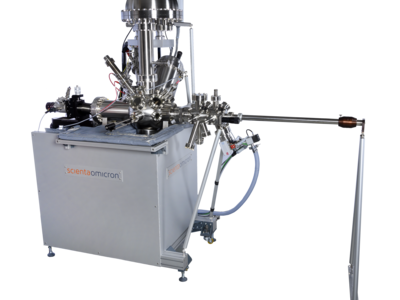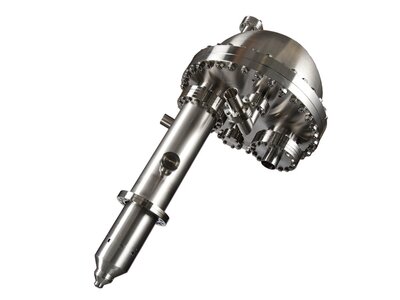Angle Resolved X-Ray Photoelectron Spectroscopy (ARXPS)
X-ray photoelectrons spectroscopy (XPS), also known as electron spectroscopy for chemical analysis (ESCA) is a surface sensitive spectroscopy that allows to determine the chemical composition of surface layers of solid samples. One distinguishing feature of this method is its surface sensitivity to the first few nanometers of the sample. This surface sensitivity is caused by the strong interaction of the photoelectrons on their route through the material with the ensemble of other electrons within the material. Only photoelectrons that were created close to the surface have a chance of crossing the solid vacuum interface and being detectable by a photoelectron spectrometer. If the sample surface is tilted relative to the spectrometer by an angle a (angle resolved XPS, ARXPS) one can further reduce the effective information depth in the XPS measurement. In this case, photoelectrons originating from a layer with a distance D to the surface, have to travel the longer distance D/cos a in the material until they escape from the sample. This longer way means more possibilities for scattering. Thus, by tilting the sample relative to the spectrometer, it is possible to minimise the signal originating from bulk layers and drive XPS even more surface sensitive.



